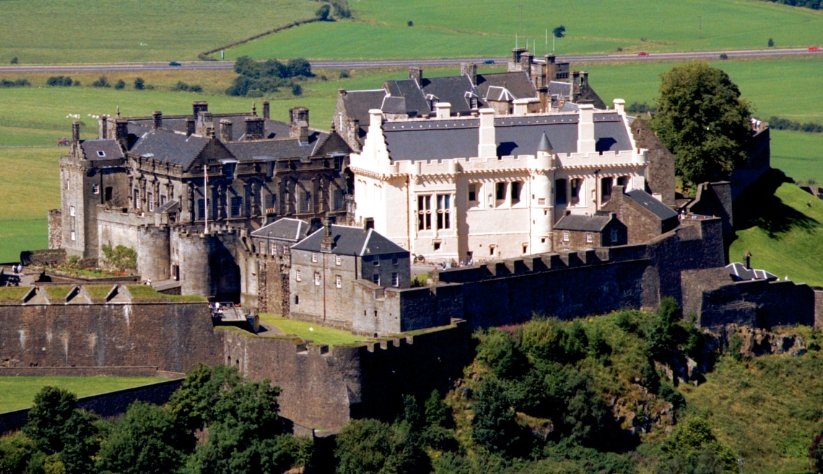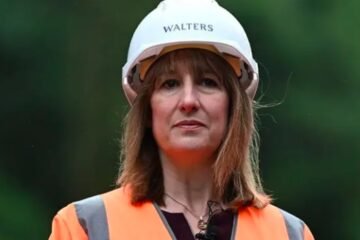For centuries, Stirling stood at the crossroads of Scottish history. From the 12th to the 17th century, this royal burgh played a pivotal role in shaping the nation’s destiny. Kings ruled from its castle, battles for independence were fought on its doorstep, and political intrigue swirled through its ancient streets.
Stirling’s prominence was no accident. Positioned strategically between the Highlands and Lowlands, it was a natural stronghold. Whoever controlled Stirling controlled Scotland, making it a focal point of power struggles for centuries.
The Rise of a Royal Burgh
King David I granted Stirling its burgh status in the early 12th century, cementing its importance in Scotland’s medieval economy. The designation allowed it to flourish as a trade hub, with merchants, craftsmen, and nobles drawn to its bustling markets.
Stirling Castle quickly became a favored residence of Scottish monarchs. King Alexander III and Robert the Bruce held court here, solidifying its place as the nation’s royal seat. But its importance also made it a target.

Battles That Defined a Nation
Few places in Scotland have witnessed as much bloodshed as Stirling. The Wars of Scottish Independence saw the area become a battleground for control over the kingdom.
- In 1297, William Wallace secured a legendary victory against the English at the Battle of Stirling Bridge, a moment immortalized in Scottish folklore.
- Just 17 years later, the Battle of Bannockburn took place nearby, where Robert the Bruce decisively defeated the forces of Edward II, securing Scotland’s independence.
- The castle itself changed hands multiple times, besieged and defended by both Scottish and English forces as the struggle for control raged on.
A Renaissance in Stirling
By the 16th century, Stirling was thriving under the Stewart monarchs. James IV and James V transformed the castle into a Renaissance palace, rivaling the finest courts in Europe. Lavish banquets, grand entertainments, and political maneuverings took place within its walls.
The city itself was expanding, with new churches, schools, and bridges enhancing its influence. Stirling’s guilds wielded economic power, ensuring its markets remained vital to Scotland’s prosperity.
The Decline of Stirling’s Dominance
By the late 17th century, Edinburgh had overtaken Stirling as Scotland’s political and economic center. The Union of the Crowns in 1603, which saw James VI of Scotland ascend to the English throne, shifted the royal focus southward.
Despite this, Stirling never lost its historical significance. Today, it remains one of Scotland’s most visited heritage sites, drawing tourists and scholars alike to uncover its rich past. Stirling Castle, the Wallace Monument, and the remnants of its medieval streets offer a glimpse into the city’s glorious era as the beating heart of Scotland.


















